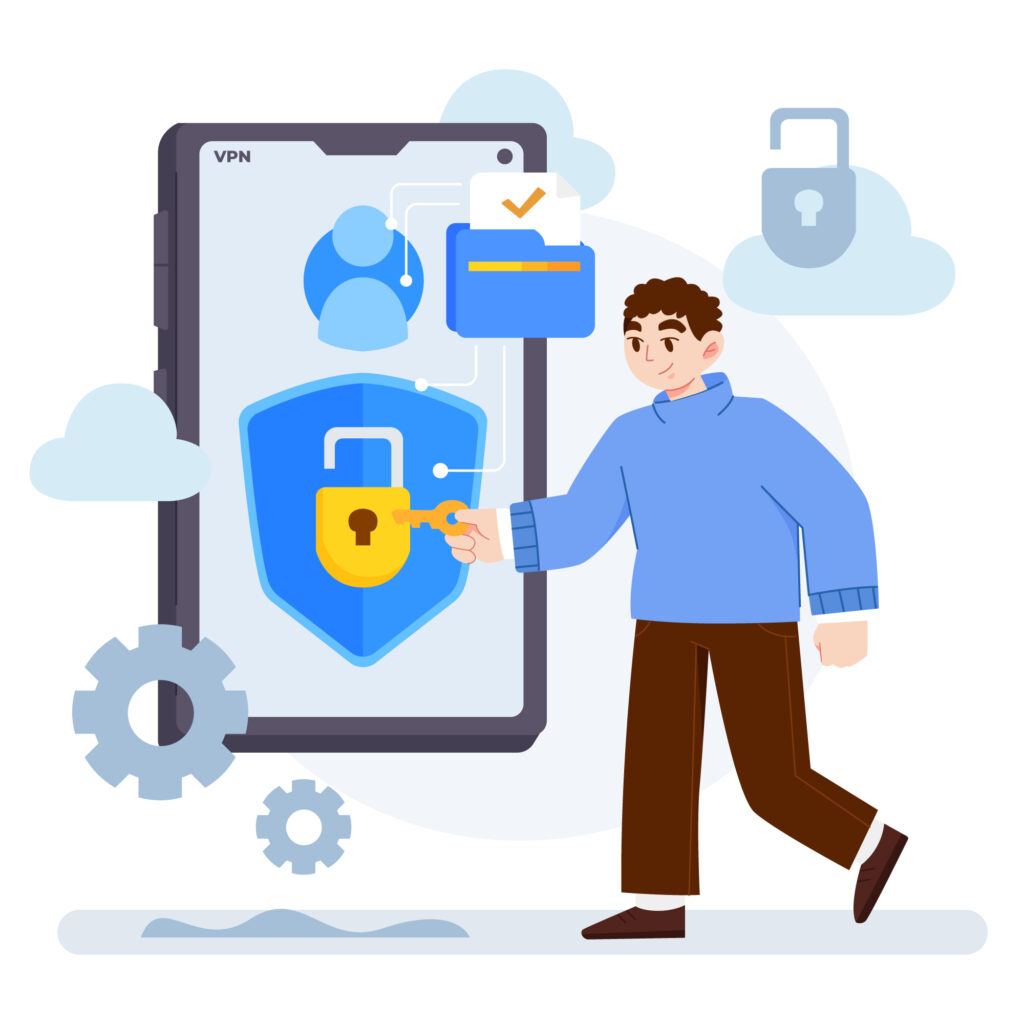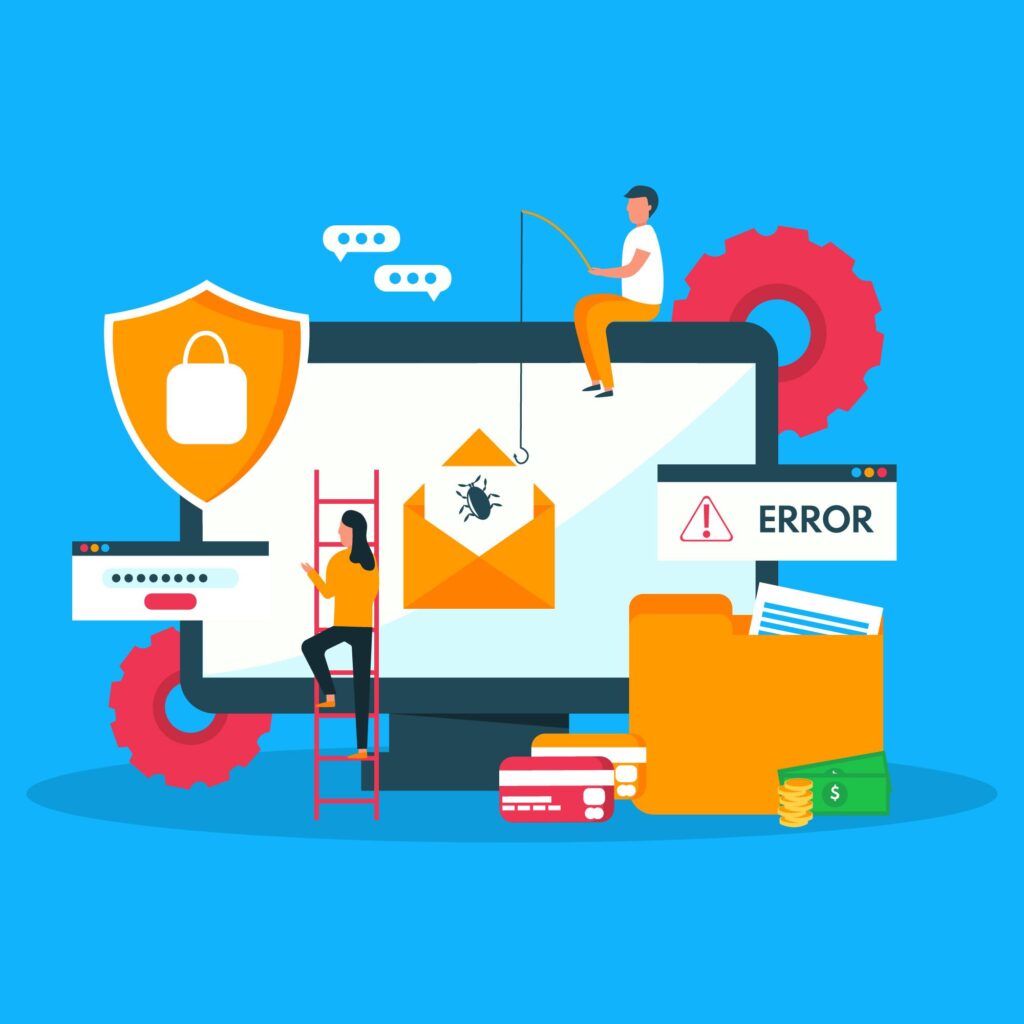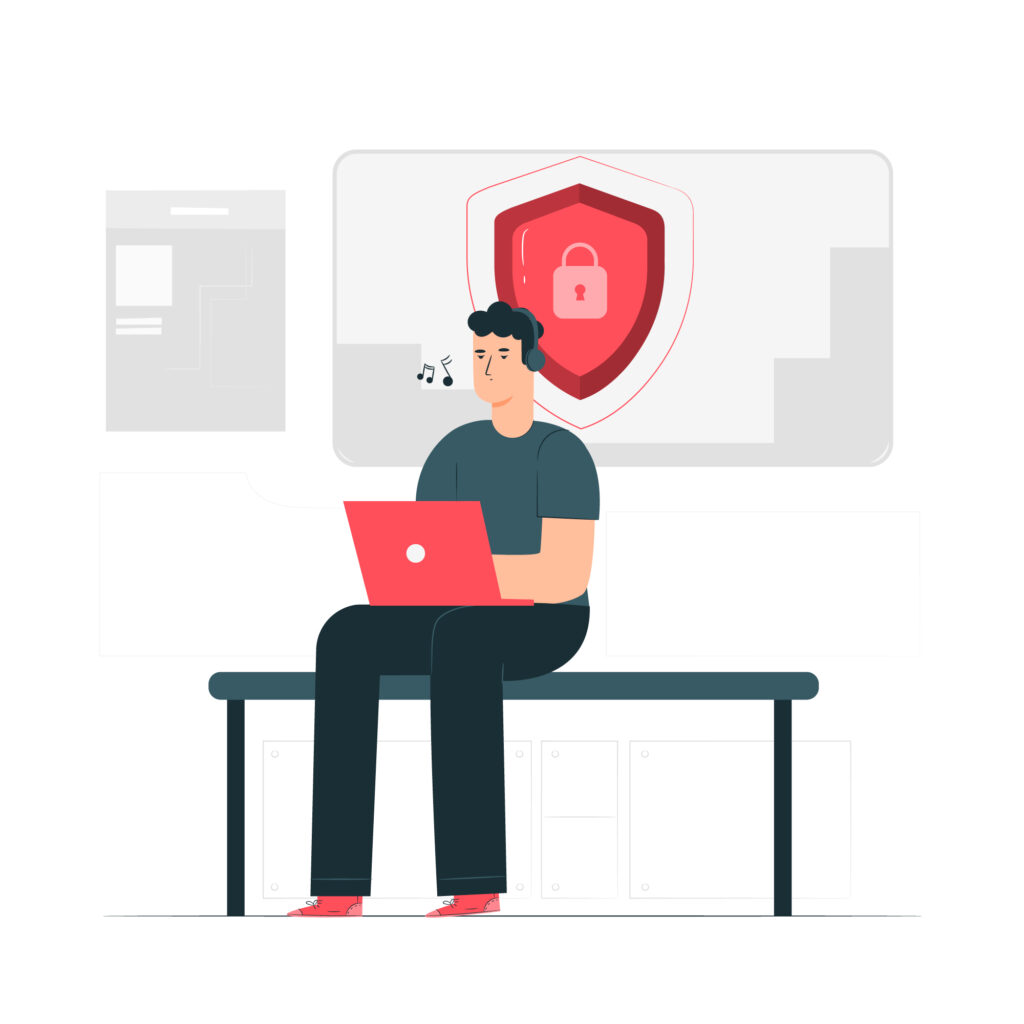 By: John Abhilash / July 1, 2024
By: John Abhilash / July 1, 2024
In today’s digital landscape, cybersecurity threats are evolving at an alarming rate. As organizations become increasingly reliant on technology, the need for robust security awareness training has never been more critical. This article will explore various aspects of security awareness training, providing insights and recommendations to help you strengthen your team’s cyber defenses.
Before diving into specific programs and methods, let’s consider why security awareness training is so crucial:
Human error remains one of the leading causes of data breaches.
Cybercriminals are constantly developing new tactics to exploit vulnerabilities.
Regulatory compliance often requires ongoing security education.
A well-trained workforce acts as a human firewall, providing an additional layer of protection.
SANS Institute offers comprehensive security awareness training that covers a wide range of topics, from basic cybersecurity concepts to advanced threat recognition. Their program includes:
Interactive modules
Gamification elements
Regular assessments
Customizable content to fit your organization’s needs
KnowBe4 is known for its engaging and user-friendly approach to security training. Their platform features:
A vast library of training content
Simulated phishing attacks
Risk assessment tools
Automated training campaigns
Proofpoint offers a holistic approach to security awareness, combining:
Threat intelligence
Adaptive learning paths
Customizable training modules
Detailed reporting and analytics
Implementing automated training tools can significantly enhance the efficiency and effectiveness of your security awareness program. Here are some notable options:
Mimecast’s platform uses automation to deliver:
Bite-sized training modules
Personalized learning experiences
Real-time threat simulations
Automated reporting and compliance tracking
Infosec IQ leverages automation to provide:
Role-based training assignments
Adaptive learning algorithms
Automated phishing simulations
Integration with HR systems for streamlined onboarding
To maximize the impact of your security awareness training, consider these best practices:
Make it relevant: Tailor content to your organization’s specific risks and industry.
Keep it short and frequent: Opt for bite-sized modules delivered regularly rather than long, infrequent sessions.
Use diverse content formats: Incorporate videos, quizzes, infographics, and interactive scenarios to cater to different learning styles.
Encourage active participation: Create opportunities for employees to apply what they’ve learned through simulations and exercises.
Lead by example: Ensure leadership visibly supports and participates in the training program.
Adopting a structured framework can help you develop a comprehensive and effective security awareness program. Consider these popular frameworks:
The National Institute of Standards and Technology (NIST) framework provides a solid foundation for building a security awareness program. It emphasizes:
Identifying risks
Protecting assets
Detecting threats
Responding to incidents
Recovering from breaches
The ISO 27001 standard offers guidelines for implementing an information security management system, including aspects of security awareness training. Key components include:
Risk assessment
Security policy development
Continual improvement
Employee training and awareness
To measure the effectiveness of your security awareness program, track these key performance indicators (KPIs):
Phishing simulation click rates: Monitor how many employees fall for simulated phishing attempts over time.
Security incident reports: Track the number and quality of security incidents reported by employees.
Training completion rates: Measure the percentage of employees who complete required training modules.
Knowledge retention scores: Assess how well employees retain information through periodic quizzes or assessments.
Behavior change metrics: Monitor changes in risky behaviors, such as password sharing or unauthorized software installations.
Phishing remains one of the most prevalent cyber threats. Implementing a robust phishing simulation program can significantly improve your team’s ability to recognize and report suspicious emails. Key elements of an effective phishing simulation program include:
Varied attack scenarios: Simulate different types of phishing attempts, from simple to sophisticated.
Immediate feedback: Provide instant education when an employee falls for a simulated attack.
Gradual difficulty increase: Start with obvious phishing attempts and progressively increase complexity.
Regular campaigns: Conduct simulations frequently to keep employees alert.
Performance tracking: Monitor improvement over time and identify areas needing additional focus.
Real-time training interventions can reinforce security awareness at the moment it matters most. Consider implementing:
Just-in-time alerts: Display security reminders when employees are about to perform risky actions.
Contextual microlearning: Deliver brief, relevant security tips based on an employee’s current activity.
Interactive security assistants: Use AI-powered chatbots to provide instant answers to security-related questions.
Engaging employees through interactive training methods can significantly improve knowledge retention and application. Some effective approaches include:
Gamification: Incorporate elements like leaderboards, badges, and rewards to motivate participation.
Virtual reality simulations: Create immersive scenarios that allow employees to practice security skills in a safe environment.
Role-playing exercises: Conduct in-person or virtual role-playing sessions to simulate real-world security situations.
Collaborative learning: Encourage team-based activities and discussions to foster a culture of security awareness.
Cloud-based security awareness training platforms offer several advantages, including:
Scalability: Easily accommodate growing workforce numbers.
Accessibility: Allow employees to access training materials from anywhere, anytime.
Centralized management: Simplify administration and reporting across multiple locations or departments.
Automatic updates: Ensure training content stays current with the latest threats and best practices.
Some popular cloud-based training solutions include:
Inspired eLearning
MediaPRO
Terranova Security
For organizations with limited budgets or those looking to supplement their existing programs, open-source training resources can be valuable. Some notable options include:
OWASP Security Knowledge Framework: Provides a wealth of security knowledge and training materials.
Cybersecurity and Infrastructure Security Agency (CISA) Resources: Offers free training materials and awareness campaigns.
National Cyber Security Centre (NCSC) Training: Provides various free cybersecurity training courses and resources.
Remember that while open-source resources can be helpful, they may require additional customization and management to fit your organization’s specific needs.
As you implement and refine your security awareness training program, it’s crucial to have a comprehensive view of your organization’s overall security posture. This is where Guardian, an Application Security Posture Management (ASPM) solution, comes into play.
Guardian is designed to collate data from various security scans and tools, reducing noise and providing correlated insights. By integrating Guardian into your security strategy, you can:
Consolidate security data: Gather information from multiple sources into a single, unified platform.
Reduce alert fatigue: Filter out false positives and prioritize the most critical security issues.
Gain actionable insights: Receive correlated analysis that helps you understand the broader impact of security vulnerabilities.
Track progress: Monitor improvements in your security posture over time, including the effectiveness of your training programs.
Enhance decision-making: Use data-driven insights to allocate resources and focus on the most impactful security initiatives.
By combining a robust security awareness training program with powerful tools like Guardian, you can create a comprehensive approach to cybersecurity that empowers your team and protects your organization from evolving threats.
Check Out our Other Resources : Master ASPM :Build a secure strategy







Leave a Comment